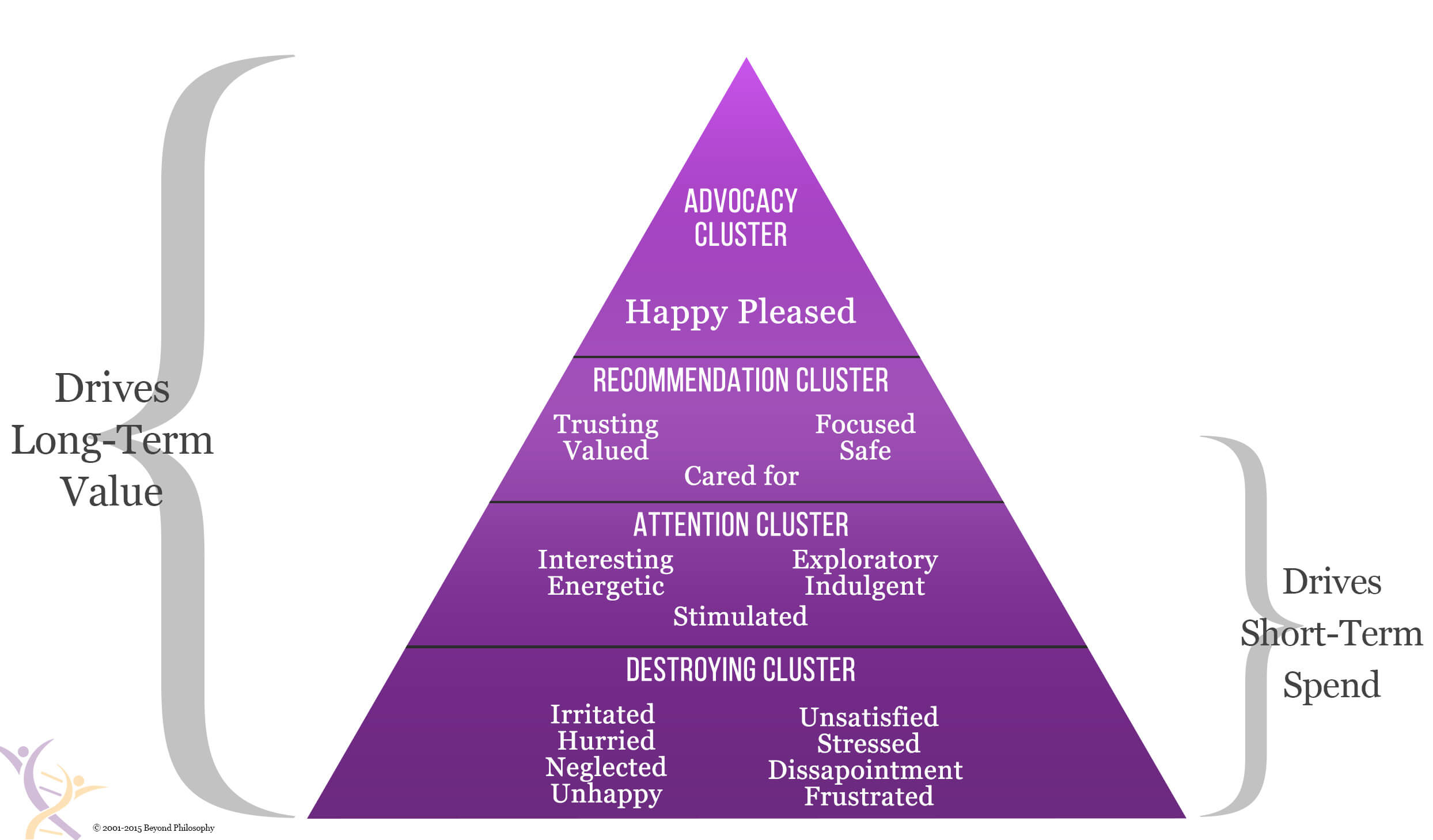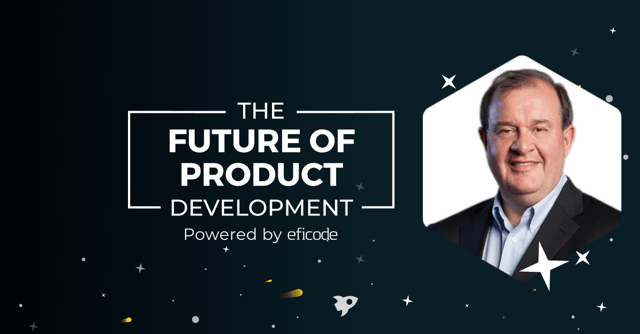Just 20% of customer experience is based on getting a smooth service, while the emotions evoked by the event determine the remaining 80%. Customers make decisions based on emotion but use reason to justify their decisions. Thus, we can easily conclude that evoking positive emotions during customer encounters is highly likely to lead to excellent customer experiences. In fact, people do not buy products; they buy customer experiences.
Customer experience is vital in B2B
Customer experience is, understandably, an essential element in B2C. Managing customer experience becomes a bit trickier when the customer is a business. However, the most advanced industrial operators have understood that, ultimately, companies are run by people.
For example, if a business provides services to the health care sector, does it need to factor in the patients and their experiences? I believe this should be a secondary consideration if it is a significant factor to the medical staff (as it often is or ought to be). Therefore, it pays to ensure that value (e.g. positive feelings) is provided throughout the chain.
A product development manager once said that their company aimed to provide excellent work experiences to the machine operators from product development onward. If a machine works and feels comfortable, operators will be happy to recommend it. Similarly, many other companies do not just offer a product or a machine but a full service. This could be called a holistic service experience.
You can enhance customer experience by managing the customer’s emotions
If you want to ensure a specific emotional climate, you should focus on understanding your customers
Colin Shaw spent two years studying customer emotions with The London School of Economics, and they received a total of 4.5 million responses to a selection of questions. Based on this widescale study, Shaw created a framework that connects a specific emotion to a value that generates business.
Everyone knows that a loyal customer is more valuable than an irregular one. Based on his research material, Shaw was able to determine which emotions should be stirred to establish a deeper connection with the customer.

Source: Colin Shaw, Beyond Philosophy/My Customer 2018
At the highest level (advocacy), it is vital to boost a customer’s existing emotions and occasionally exceed them. People will always look for something better than what they already have. The biggest danger is that a company settles for a level they have achieved, assuming that everything will be well with the customers forever. As a guideline, you should keep your profitable customers happy and reward them from time to time.
Among those customers who are willing to recommend your company or product, the emotions to be enhanced include trust, valuing, focus and safety. These are crucial if you want to achieve customer loyalty.
If you want to improve your customer relationships, you should focus on qualities such as energetic, stimulating, positive, and exploratory. These will produce an enjoyable feeling and an inspiration to learn more, even if the encounter remains brief.
The lowest level in Shaw’s framework is the destroying cluster, which is affected by negative emotional states, such as hurried, neglected, stressed, disappointed, and frustrated. With these customer experience emotions, you are guaranteed to fail, and therefore you should avoid them at all costs.
Customer experience that drives or destroys
The challenge in customer experience management is that the emotion resulting from a specific encounter is hidden without direct customer contact. Rather than speaking out, customers take their business elsewhere, leaving the real reasons and emotions unidentified.
Achieving a positive customer experience in digital services is increasingly difficult. A company should try to decipher the hidden needs and emotions at the beginning and during their product development process, but that is a topic for another blog...
Edited : The Future of Product Development registration link removed
Published: May 3, 2022
Updated: Nov 19, 2024


